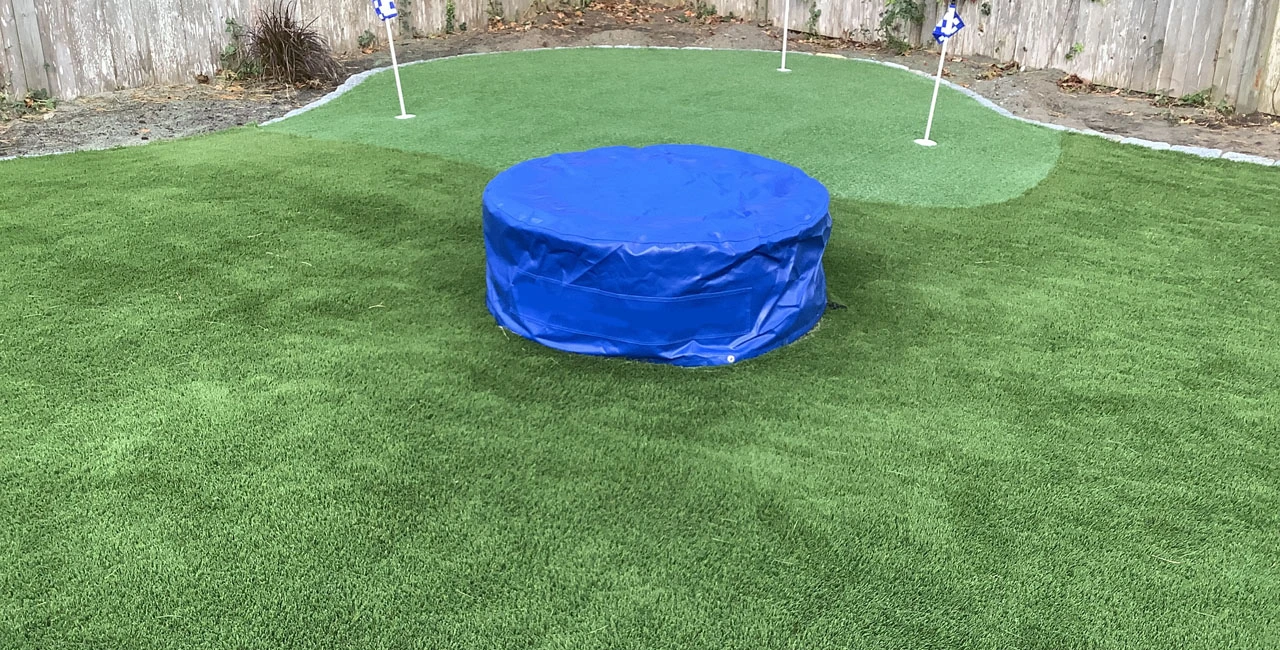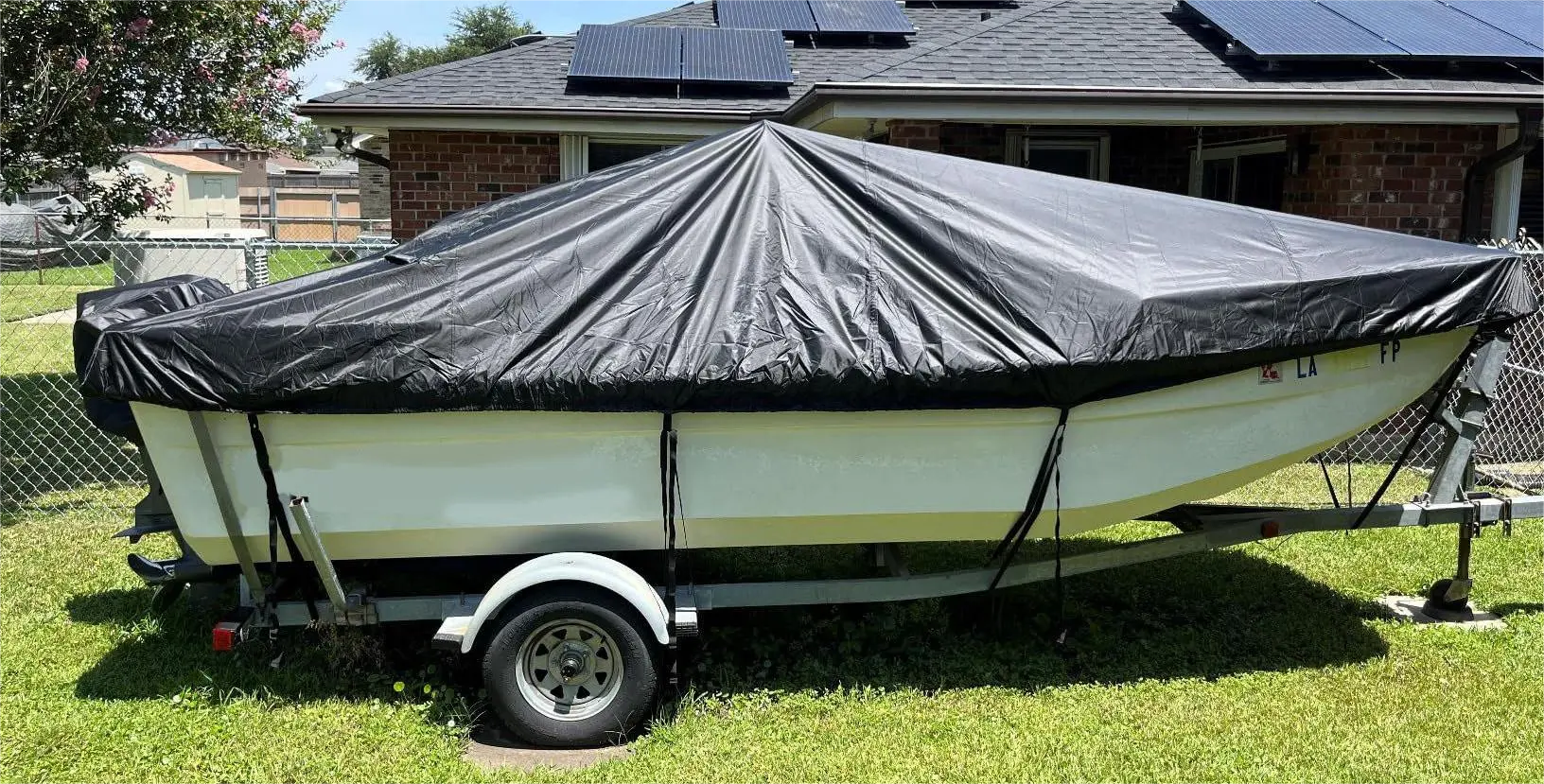1. Composite Technology Principles
Oxford fabric can be laminated with different materials using various techniques, each offering unique advantages in performance. Below are the primary composite methods:
1.1 Hot Press Lamination
Process: Uses high temperature (120–180°C) and pressure to bond layers such as TPU, PVC, and EVA onto Oxford fabric.
Advantages: Enhances waterproofing and abrasion resistance, forming a durable composite layer.
1.2 Hot Melt Lamination
Process: Directly melts and presses thin films (such as TPU and EVA) onto Oxford fabric without additional adhesives.
Advantages: Environmentally friendly, strong adhesion, and less prone to delamination.
1.3 PUR Reactive Hot Melt Adhesive Lamination
Process: Uses polyurethane reactive (PUR) hot melt adhesive at lower temperatures (90–130°C) to bond layers. After curing, it forms a highly durable and weather-resistant bond.
Suitable Materials: TPU, PTFE, spunlace cotton, and needle-punched cotton.
Advantages: Excellent elasticity, hydrolysis resistance, and high durability under extreme temperatures.
1.4 Adhesive Lamination
Process: Uses water-based or solvent-based adhesives to bond different layers through a roller-pressing process. The solvent dissolves the adhesive, ensuring strong adhesion.
Advantages: Cost-effective but may have lower environmental friendliness depending on the adhesive type.
1.5 Extrusion Coating Lamination
Process: Melt-extrudes plastic materials like PE (polyethylene) and PP (polypropylene) onto Oxford fabric to form a waterproof layer.
Advantages: Lightweight and suitable for short-term applications.
1.6 Film Lamination
Process: Uses heat or adhesive to bond thin films (TPU, PVC, EVA, PTFE) onto Oxford fabric to enhance waterproofing, wind resistance, and chemical resistance.
1.7 Dot Coating Lamination
Process: Applies adhesive in dot patterns before pressing layers together.
Advantages: Maintains fabric softness and breathability while ensuring adequate adhesion.
1.8 Knife Coating Lamination
Process: Uses a blade to evenly spread coatings (PU, PVC, TPU) onto Oxford fabric.
Advantages: Provides superior waterproofing and abrasion resistance, suitable for industrial-grade applications.
1.9 Flame Lamination
Process: Carbonizes the surface of foam-like materials (needle-punched cotton, EVA) using an open flame, bonding them to Oxford fabric.
Applications: Automotive seat covers, luggage, and high-durability products.
2. Performance Differences of Various Composite Materials
Material | Composite Method | Key Properties | Applications |
TPU Film (Thermoplastic Polyurethane) | Hot Melt / PUR Adhesive | Soft, abrasion-resistant, cold-resistant, eco-friendly, waterproof and breathable | Premium outdoor gear, medical protective clothing |
PVC Film (Polyvinyl Chloride) | Solvent Adhesive / High-Frequency Heat Press | Waterproof, wear-resistant, low cost, poor breathability | Industrial waterproof fabric, luggage, rainwear |
PE Film (Polyethylene) | Hot Melt / Solvent Adhesive | Lightweight, waterproof, excellent chemical resistance, but non-breathable | Waterproof bags, disposable protective clothing |
EVA (Ethylene-Vinyl Acetate) | Hot Melt / Flame Lamination | Soft, flexible, non-toxic, eco-friendly | Waterproof tablecloths, outdoor mats, protective gloves |
PTFE (Polytetrafluoroethylene) | PUR Adhesive / Physical Lamination | Exceptional breathability, waterproof, oil-resistant, heat-resistant | High-end outdoor apparel, medical textiles, filtration fabrics |
Spunlace Cotton | PUR Adhesive | Soft, breathable, but not waterproof | Clothing linings, home textiles, medical fabrics |
Needle-Punched Cotton | Flame Lamination / PUR Adhesive | Thick, insulating, sound-absorbing, moderate breathability | Automotive interiors, winter apparel, mattresses |
3. Detailed Performance Comparison
Performance Indicator | TPU | PVC | PE | EVA | PTFE | Spunlace Cotton | Needle-Punched Cotton |
Waterproof | ★★★★★ | ★★★★★ | ★★★★☆ | ★★★★☆ | ★★★★★ | ★★☆☆☆ | ★★★☆☆ |
Breathability | ★★★★☆ | ★☆☆☆☆ | ★☆☆☆☆ | ★★★☆☆ | ★★★★★ | ★★★★★ | ★★☆☆☆ |
Softness | ★★★★☆ | ★★☆☆☆ | ★★★☆☆ | ★★★★★ | ★★★☆☆ | ★★★★★ | ★★★☆☆ |
Abrasion Resistance | ★★★★★ | ★★★★★ | ★★★☆☆ | ★★★☆☆ | ★★★★☆ | ★★★☆☆ | ★★★☆☆ |
Cold Resistance | ★★★★★ | ★★☆☆☆ | ★★★☆☆ | ★★★★★ | ★★★★★ | ★★★☆☆ | ★★★☆☆ |
Eco-Friendliness | ★★★★★ | ★★☆☆☆ | ★★★★★ | ★★★★★ | ★★★★★ | ★★★★★ | ★★★★★ |
Aging Resistance | ★★★★☆ | ★★☆☆☆ | ★★★☆☆ | ★★★★★ | ★★★★★ | ★★★☆☆ | ★★★☆☆ |
4. Selection Recommendations
Economic & short-term use → PE coating, suitable for temporary covers, disposable raincoats.
Cost-effective & durable waterproofing → PVC coating, ideal for outdoor protective covers like car covers and boat covers.
Lightweight & breathable mid-to-high-end solutions → PU coating, ideal for car covers, tents, furniture covers.
High-end durability & eco-friendly applications → TPU coating, recommended for military gear, medical protection.
For automotive covers, boat covers, and furniture covers, PU or PVC coatings are recommended. PU is lighter, while PVC is more abrasion-resistant and weatherproof. If targeting the EU & US markets with higher environmental standards, TPU is the premium choice.
5. Conclusion
TPU & PTFE are high-end composite films that balance waterproofing and breathability but come at a higher cost.
PVC, PE, and EVA are suitable for waterproof applications, but PVC has poor breathability.
Spunlace and needle-punched cotton focus on insulation, breathability, and comfort.
Different composite methods determine the final fabric’s performance and application, requiring selection based on waterproofing, breathability, softness, and durability.

 English
English 

